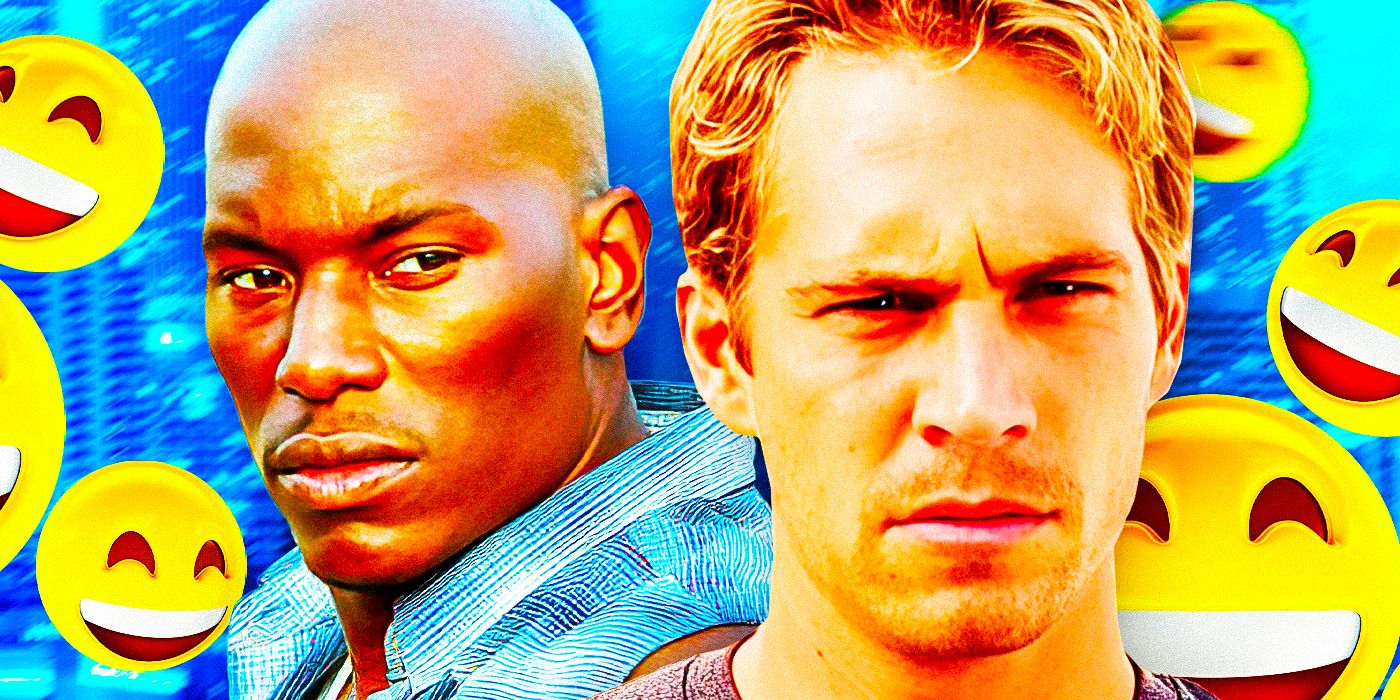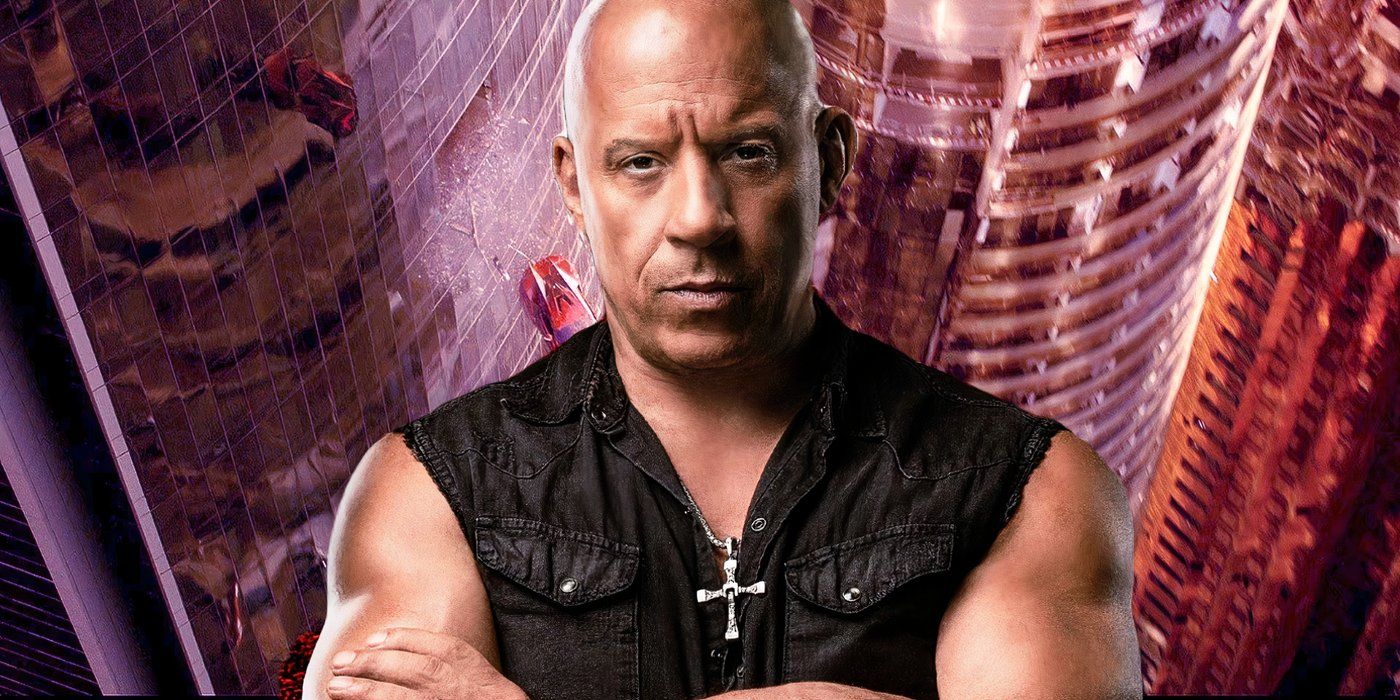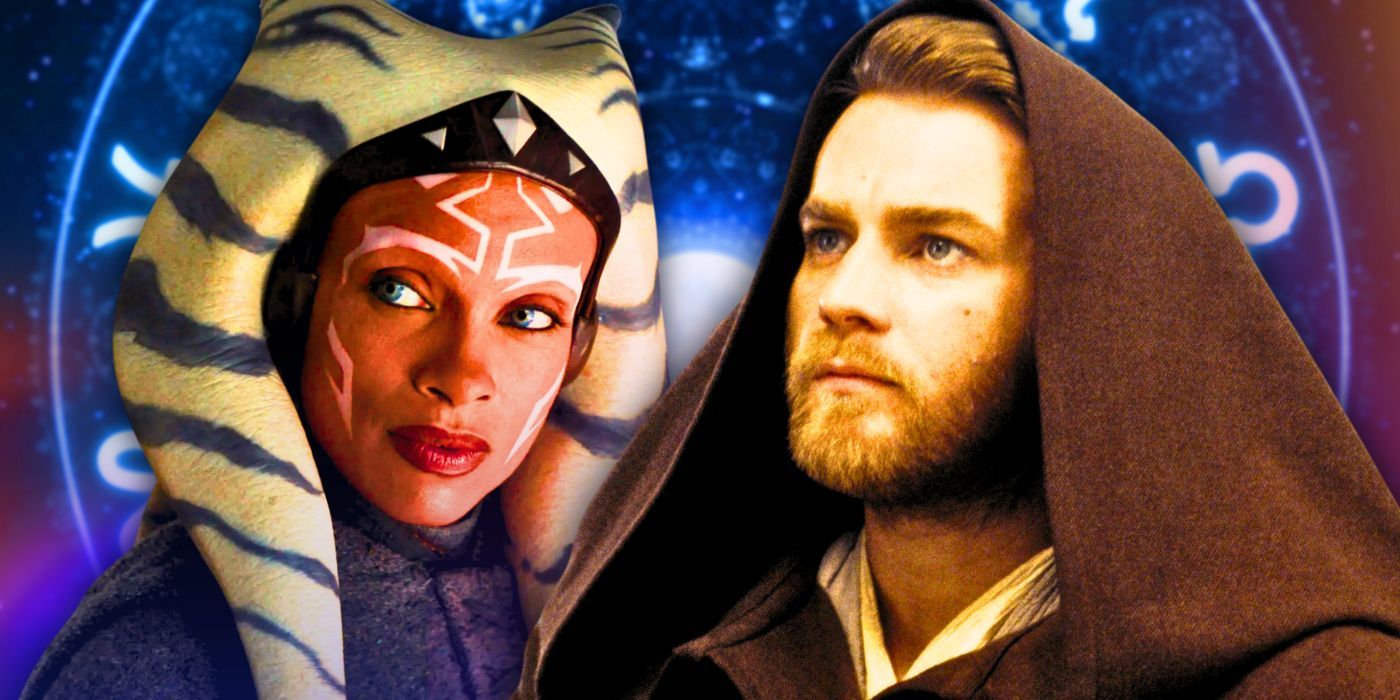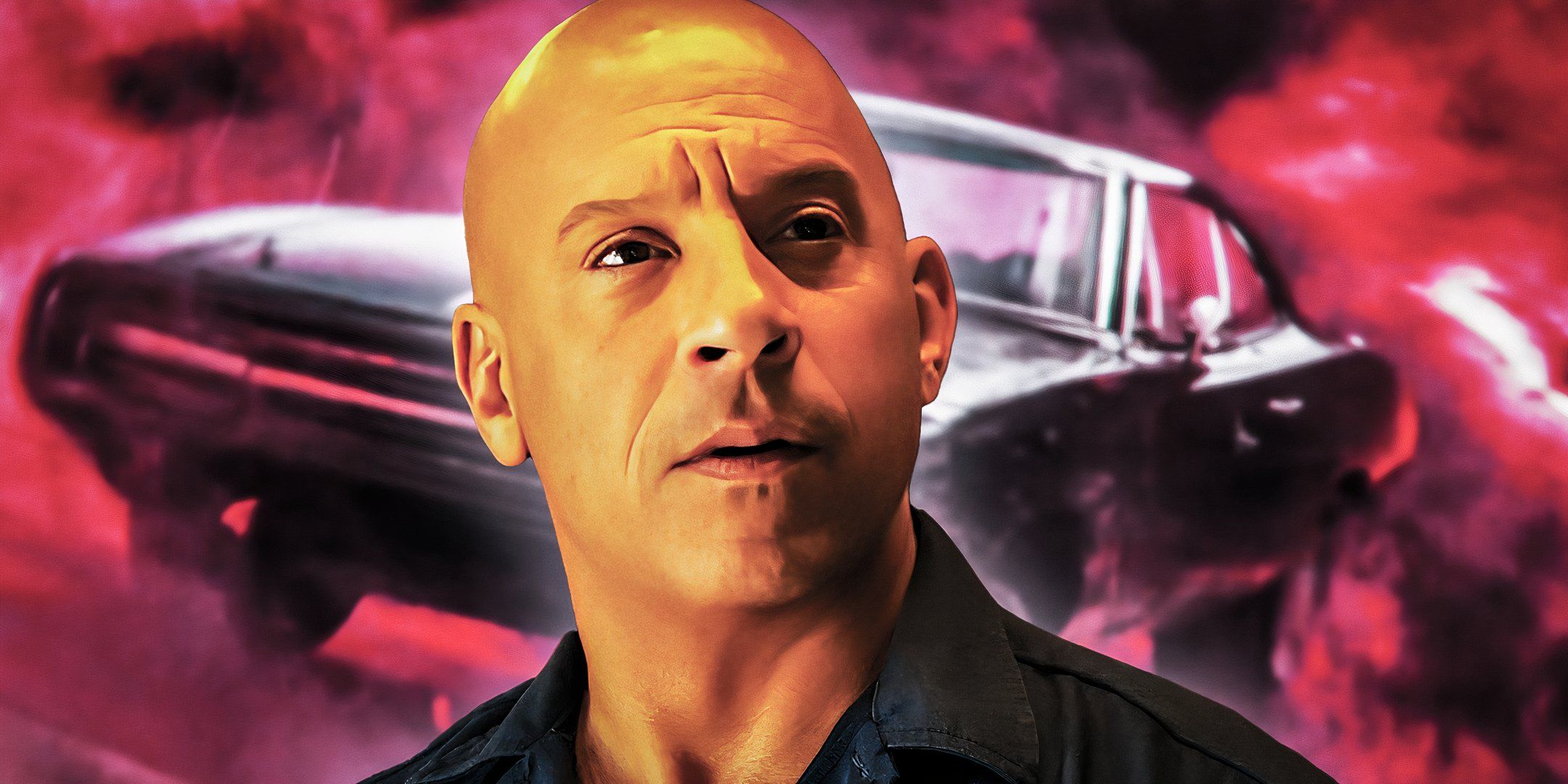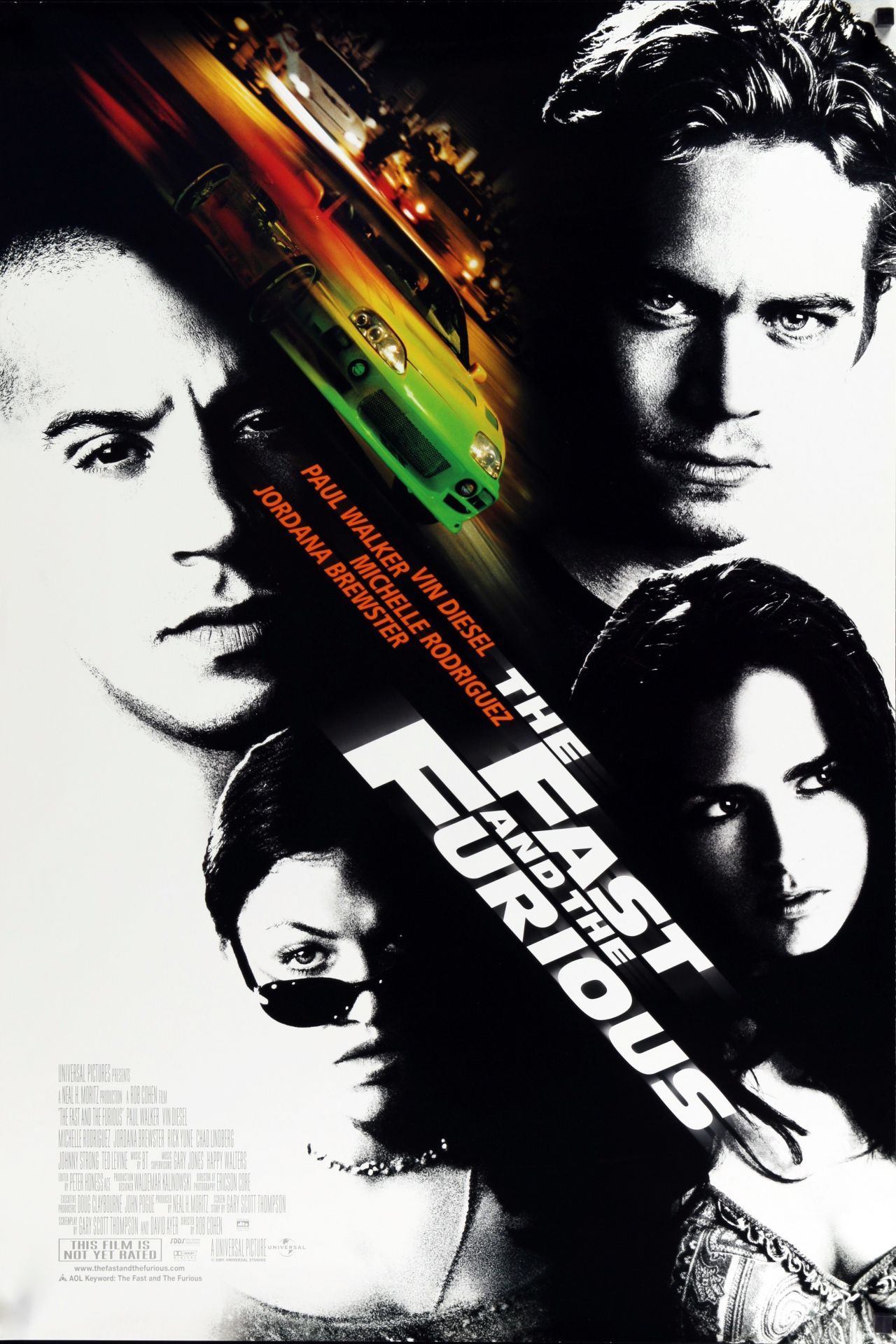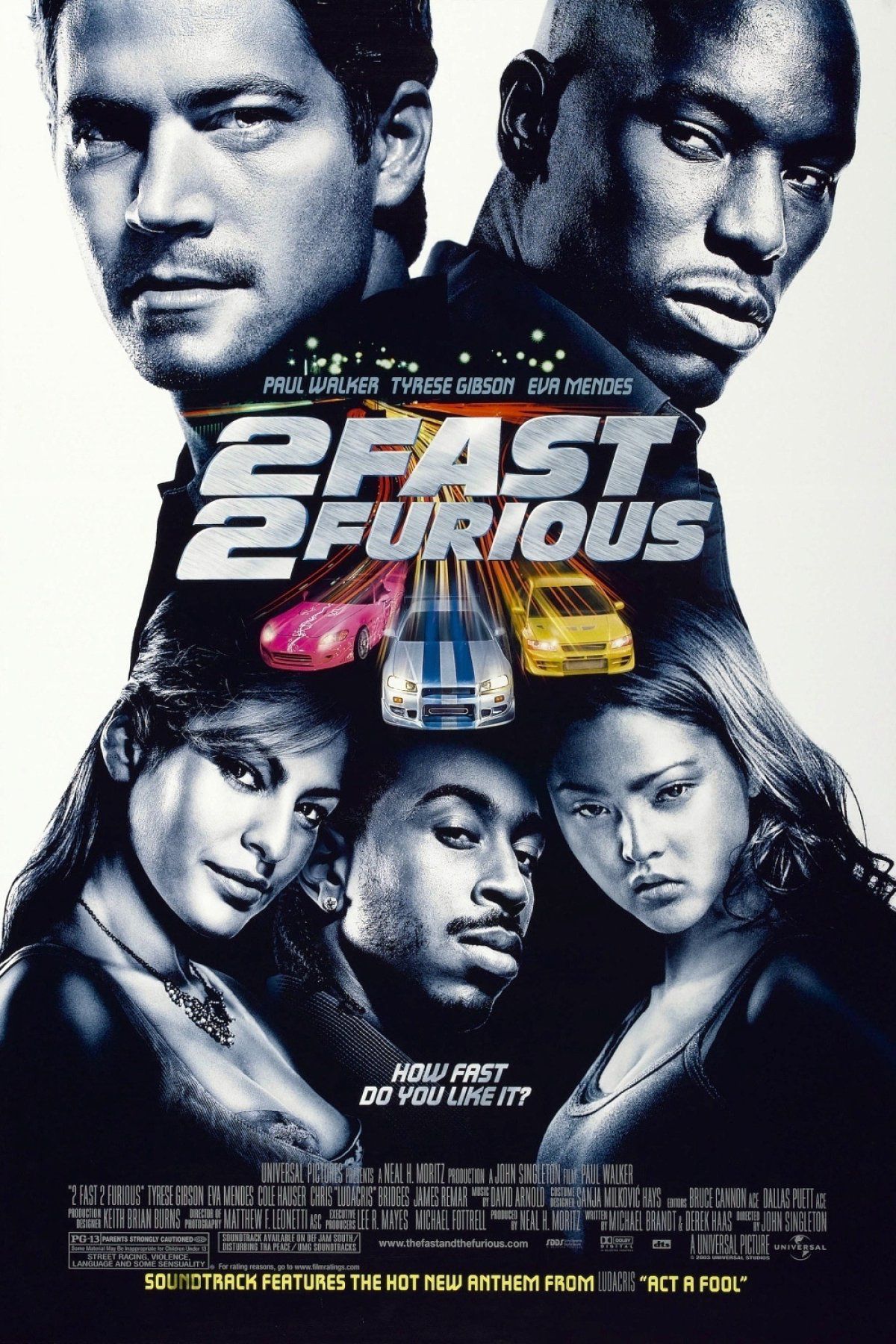Summary
- The Fast & Furious franchise evolved from street racing to high-stakes action drama over 11 movies.
- The shift from cars to crime and loyalty themes defined the series, which will culminate in Fast & Furious 11.
- Fast Five's blockbuster success changed Fast & Furious forever by focusing on over-the-top action scenes.
The Fast & Furious franchise has grown massively over the years and it became a multi-billion dollar action series in the process, but somewhere along the way, it stopped being about cars. While cars have remained a staple of the franchise for all 11 movies, the focus has shifted from racing to high-stakes action, meaning Fast & Furious' identity has changed in the process. Most of Fast & Furious' best stunts still involve cars, as exotic vehicles are still prominent in the films, but the story now revolves more around crime and loyalty than any aspects of racing.
Fast & Furious 11 is set to end the main saga and will release in theaters sometime in 2026.
Although the series got increasingly over-the-top as the years went on, it can be difficult to pinpoint exactly when Fast & Furious stopped being about cars. The more Fast & Furious embraced the ridiculous action, the more popular it seemed to become, with box office hauls continuing to grow until recent installments. Some fans cite a particular movie as the source of this shift, but the reality is far more complex. However, this change wasn't out of nowhere, as the very first film had major action elements that gradually progressed over the following two decades which changed the franchise forever.
Fast & Furious’ First Movie Was Not Just About Street Racing
Brian's Undercover Cop Story Meant There Was More Going On Than Just Racing
Naturally, the very first Fast & Furious had a heavy emphasis on street racing, but there was more going on from the get go. Despite The Fast and the Furious focusing on Dominic Toretto's (Vin Diesel) street racing antics, Brian O'Conner (Paul Walker) played an equally big role as an undercover cop. From the very first installment, cars and racing were a crucial part of the franchise's identity, but so was crime and action. The first movie is much rawer and contained compared to future entries, but it still embraces its action elements as the final race highlighted.
Dom and Brian narrowly avoided a train during their race and Dom was even hit by a truck, sending his car airborne, but this is still far more grounded compared to what the franchise would become. This remains one of Fast & Furious' most iconic street races and perfectly symbolizes the series' most important themes. While it proves how much Brian and Dom love racing, it also shows that they have mutual respect and Brian's decision not to arrest Dom is a sign of loyalty, which are traits arguably more central to Fast & Furious' identity than cars.
2 Fast 2 Furious Tried To Repeat The Fast & The Furious’ Formula
The Franchise's First Sequel Continued The Law Enforcement Elements
Fast & Furious' next entry tried to replicate the magic of the first film, but it also leaned slightly more into the law enforcement aspects of the franchise.
Fast & Furious' next entry tried to replicate the magic of the first film, but it also leaned slightly more into the law enforcement aspects of the franchise. Tyrese Gibson replaced Diesel in 2 Fast 2 Furious, starring alongside Walker as the movie attempted to recreate the original's success. Brian ditched his life as a police officer to get involved in street racing, but he was quickly brought back into the justice system and forced to work with the FBI. Cars are once again a priority in this film, but crime and drugs are equally present, showing a slight shift in narrative.
However, there wasn't a dramatic change between the first two movies other than Gibson replacing Diesel, as the overall theme remained roughly the same. Gibson's character was a lot different in 2 Fast 2 Furious compared to his future appearances though, since Roman was presented as one of Fast and Furious' smartest characters during his debut, as opposed to becoming comic relief down the line. The franchise's first sequel also introduced Ludacris' character, Tej, but outside of growing the universe and cast, 2 Fast 2 Furious kept an overall similar vibe to its predecessor, despite receiving worse reviews.


